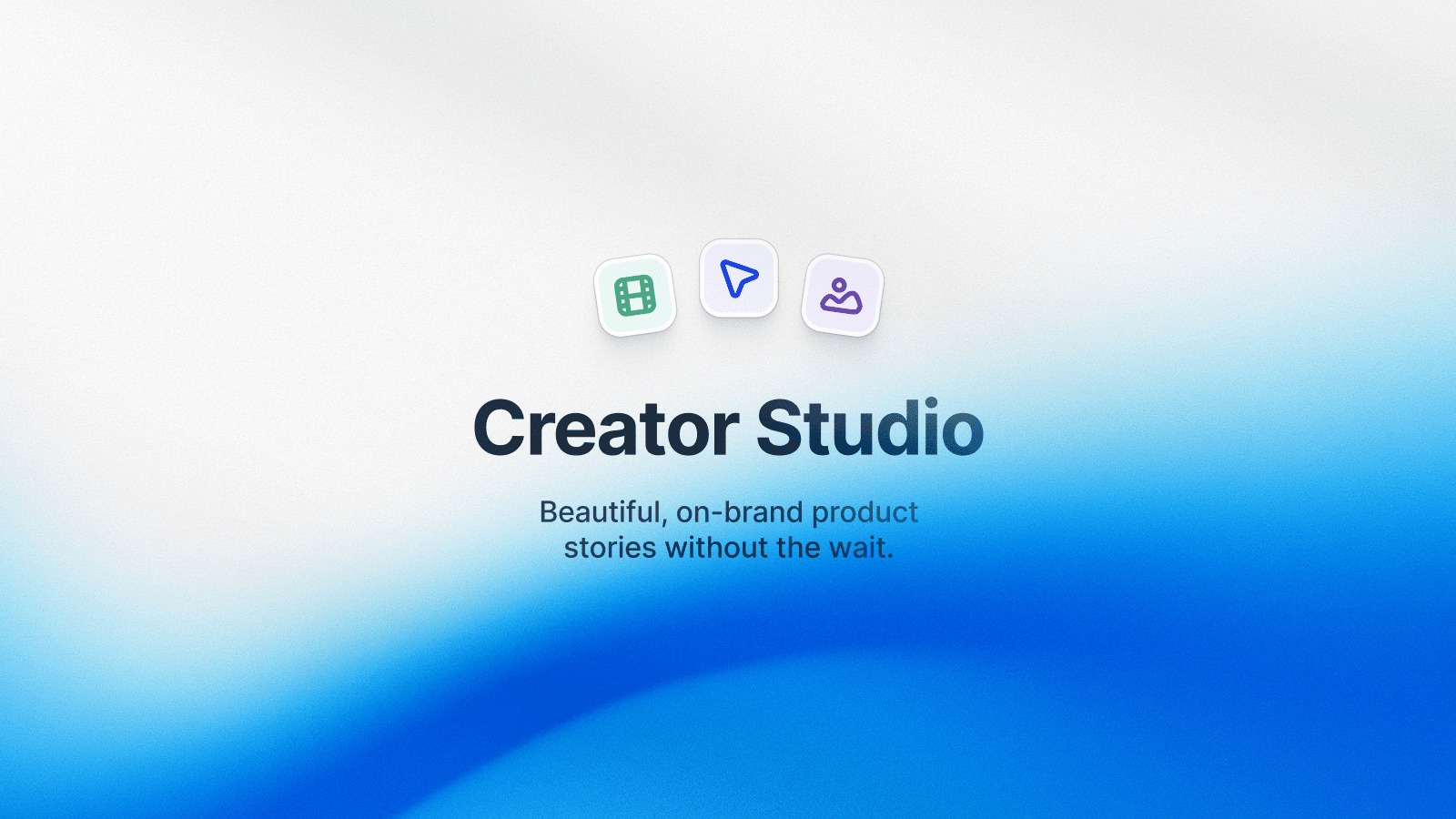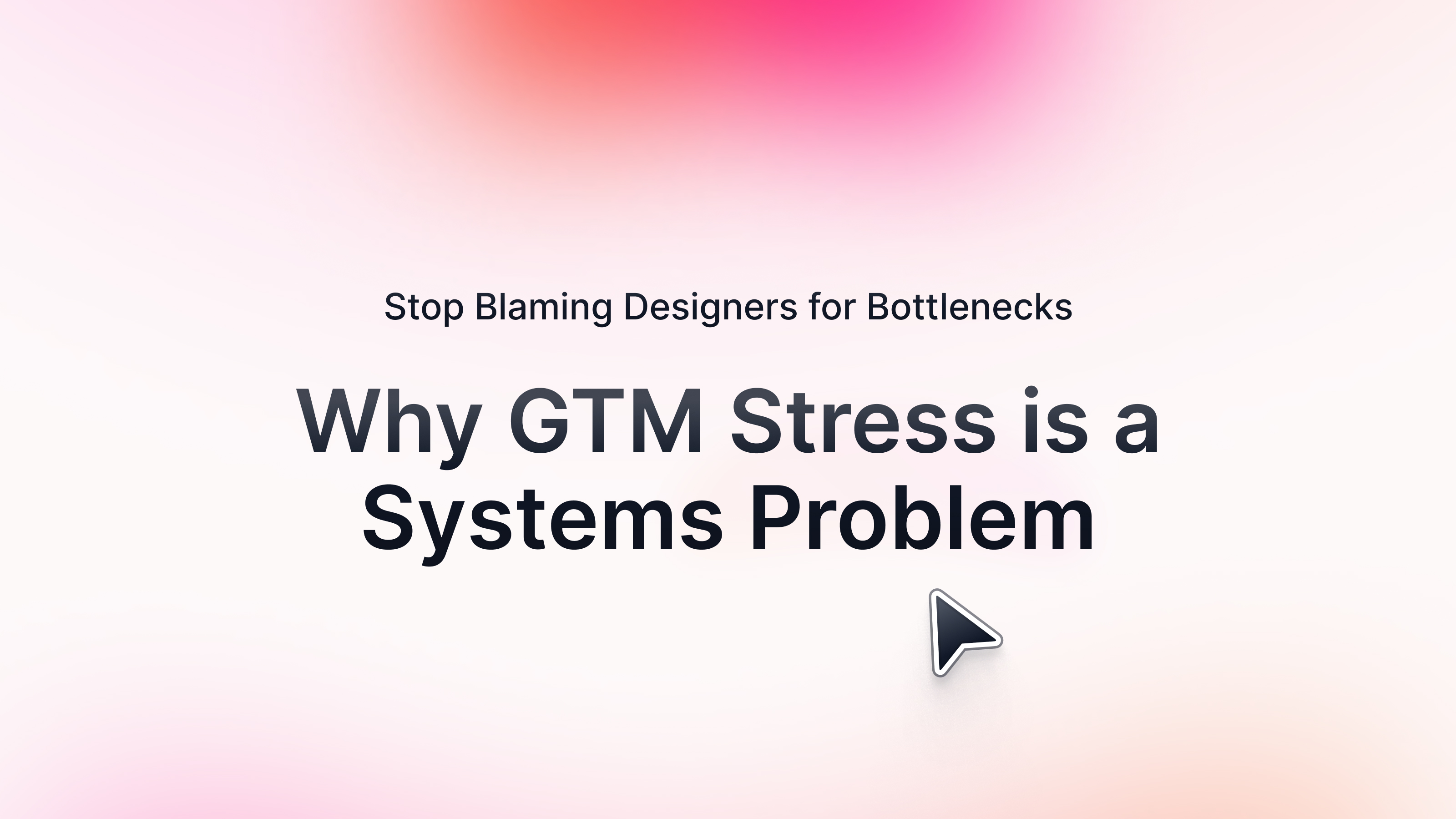.jpeg)
We spoke with Drew Teller, Director of Growth at Labelbox, about how his team uses Arcade to highlight product capabilities in real-time, increase conversion rates from their homepage to the contact sales page, and explain complex workflows in their demo library.
Industry: Software development
Using Arcade since: 2023
Types of use:
- Sales team enablement
- Nurture sales leads
- Lead capture experimentation
- Self-serve onboarding and activation
Results:
- 30% lift in MQL submissions
- 50% lift in click-through rate
- 9x increase in the percentage of homepage CTA clicks
- 20% increase in contact sales page influence
The Problem
Labelbox is the leading high-quality data factory for AI-powered enterprises to innovate faster and deliver differentiated GenAI solutions.
Due to Labelbox’s varied and complex product offerings, it was challenging to communicate their platform’s capabilities effectively through static web pages or lengthy overview videos.
This complexity contributed to a lower-than-desired conversion rate from the homepage to the contact sales page and, subsequently, MQLs, as visitors weren’t getting the information they needed to take the next step.
These challenges also extended to their sales cycles. Drew noticed that their team had to put in significant effort to understand each prospect's unique needs before their Sales Engineers (SEs) could effectively demo relevant solutions. This slowed down deals and added more duplicative work for reps.
They needed a more engaging way to warm up leads and showcase their product before pushing them toward sales.
Why Arcade?
Labelbox evaluated other interactive demo platforms and chose Arcade for several reasons, including its cost-effectiveness in testing and refining a robust demo strategy without overextending their budget.
"Arcade is the tool that enables people to maximize their creativity to showcase and distribute product value."
The platform's simplicity and ease of use were also key factors, enabling Labelbox's team to quickly create and iterate on demos without requiring extensive technical expertise. The speed at which demos could be implemented and updated using Arcade aligned well with Labelbox's need for agility in a fast-moving industry.
.jpeg)
How Labelbox Uses Arcade
Drew was looking to improve Labelbox's conversion rate from the homepage to the contact sales page, which was at 0.1-0.2%. He hypothesized that an interactive product demo would help warm up and educate leads before they reached out to sales, increasing the conversion rate.
“We overestimate the need to communicate what someone doesn't understand about a company or product by showing a video, but especially for series A and series B startups, you must be very specific [about how your product is valuable].”
As part of Labelbox's product-first marketing approach, Drew and his team aimed to provide potential customers with an early glimpse of the platform's value. Drew knew that product-led marketing (PLM) tactics were a proven way to showcase product value and increase acquisition based on results in the PLG field. (More on what is PLM here)
.jpeg)
From Idea to Execution: Building the Library
They decided to experiment with changing their homepage CTA and creating an interactive demo library. The interactive demo library was designed to elevate the product experience higher in the customer journey, nurturing leads and improving the conversion rate instead of following a less effective sales cycle process in which demos are requested at a later stage.
To determine which content to include in the library, Drew and his team worked closely with our Sales Engineers (SEs), Account Executives (AEs), and go-to-market team to identify the top 10 features that consistently captured customer interest. They streamlined their demo strategy by prioritizing key use cases like the product editor, performance dashboards, and auto-segmentation tools.
As AI-driven use cases emerged, they quickly incorporated them into the library to stay ahead. Arcade helped them to be more focused, efficient, and scalable, reducing the need for repetitive content creation while improving stakeholder engagement.
.jpeg)
The experiment setup consisted of two changes:
- Changing the homepage CTA from Contact sales to Take a tour
- Adding the interactive demo hub page as a step between the homepage and the contact sales page
Key metrics for evaluating the interactive demo library's success included homepage CTA click-through rate and marketing qualified lead (MQL) generation.
By using Arcade to create smaller, focused content pieces for the demo library, Labelbox can more clearly highlight specific use cases—like their GenAI prompt/response editor or LLM human evaluation for RLHF.
Having specific content for Labelbox's primary use cases streamlines the sales process by prioritizing and showcasing the features that resonate most with customers, making it a valuable tool for both marketing and sales.
.png)
Results
After implementing the library, Labelbox observed a 50% lift in click-through rate and a remarkable 9x increase in the percentage of homepage CTA clicks. Additionally, 6.3% of demo hub visitors proceeded to the sales page, compared to only 0.8% from the homepage.
With Arcade, Labelbox saw significant improvements:
- Higher conversion rates: The CTA change and the demo hub brought more demo viewers and MQLs.
- Faster sales cycle: Prospects could see the product in action, speeding up decision-making.
- Reduced strain on the sales team: The demos answered many common questions, freeing up the sales team's time.
- Improved internal team collaboration: Labelbox started using Arcade for multiple use cases other than lead generation, and the support team, product team, and customer success team realized value in product demos.
Labelbox significantly enhanced their website by implementing an interactive demo library using Arcade. This enhancement improved the website's ability to clearly showcase how their product's features and platform deliver value.
As a result, they experienced higher engagement rates and better-qualified leads (MQLs). This successful initiative not only improved their current conversion metrics, but also opened new avenues for ongoing optimization and experimentation.

.jpg)



.jpg)


